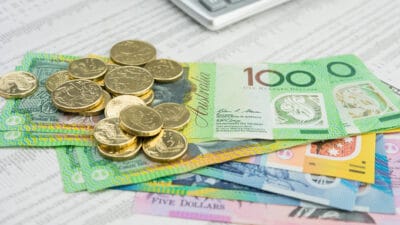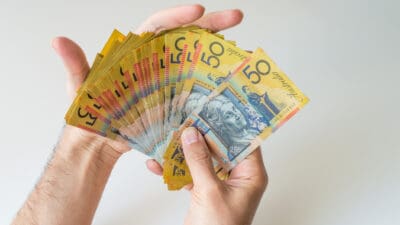Recessions can wreak havoc on your share portfolio. They are a sign that the economy is contracting, and business conditions are getting tougher. Unemployment is high, consumer confidence is low, and households are finding it harder to pay their bills. Some companies, particularly junior companies with high debt, might even go kaput. Share prices, on the whole, are in the toilet.
Sounds scary, right?
Well, don't get too despondent. There are some quick and easy ways to recession-proof your ASX share portfolio. In this article, I'll cover 3 of them.
Diversify
The quickest and easiest way for any investor to recession-proof their portfolio is simply through diversification. Spreading your investments out over a range of different companies, industries, and even asset classes is one of the easiest ways to ensure your portfolio can ride out a recession.
At heart, diversification relies on the fact that, depending on the nature of their business operations, different shares will respond differently to the same macroeconomic event. One share might increase in price, while another might fall. If you only own one, there's a 50% chance you'll lose money. But if you owned both, you'll have a better chance of coming out even – or maybe even on top. Either way, being diversified has limited your downside risk.
For example, a higher global oil price is a risk for airlines because it increases fuel costs – bad news for you, too, if you're a Qantas Airways Limited (ASX: QAN) shareholder. But if you also had some stock in an oil company like Woodside Energy Group Ltd (ASX: WDS), which will benefit from higher oil prices, you could potentially offset some (or maybe even all) of the losses on your Qantas shares.
The same holds true in a recession. Although a recession will likely cause share prices to fall pretty much right across the board – and may even result in a prolonged bear market – not all shares will be impacted equally. Some will fall a lot less than others, and a lucky few might even rise. This means that an investor with a diversified portfolio has a much better chance of limiting their downside losses and beating the market.
Buy some defensive shares
It's all good to diversify, but if you want to recession-proof your portfolio, you need to diversify in the right places. And one of the best places to start is defensive shares.
Defensive shares are a group of shares that tend to outperform in an economic downturn. These are companies that people view as being essential, like consumer staples, healthcare, and utilities. Even when times are tough, households still spend money on them, which allows these companies to continue to be relatively profitable, even in a recession.
There are differing opinions about what makes an ideal defensive share, and you never quite know how a stock will really perform under pressure. But some common ASX examples include supermarket chain Woolworths Group Ltd (ASX: WOW), telco Telstra Group Ltd (ASX: TLS), and toll road operator Transurban Group (ASX: TCL).
Buy safe-haven assets
Investing a portion of your portfolio in safe-haven assets is probably the best way to protect your portfolio from a recession. Throughout history, safe-haven assets have proven themselves to be the most reliable stores of value. In other words, the prices of these assets don't decline (in fact, they may even rise) during a financial crisis.
Safe haven assets include some major global currencies (like the Swiss franc or the US dollar – the jury's still out on Bitcoin), government bonds, and precious metals. But the granddaddy of all safe-haven assets is gold.
Adding some gold exposure to your portfolio has never been easier – check out our useful guide for investing in gold if you want some tips. One great option for ASX investors to access gold is through an exchange-traded fund (ETF) like the Global X Physical Gold ETF (ASX: GOLD). And because the fund is backed by physical gold (as opposed to futures contracts), the Global X ETF returns should replicate those of gold quite closely.
The Foolish bottom line
There are some easy ways you can fortify your portfolio against the adverse effects of a recession. In this article, I've covered diversification, defensive shares, and safe-haven assets.
However, also keep in mind that you are giving up some growth opportunities by investing only in defensive shares and safe haven assets. These are low-risk, low-reward investments. So, although these assets are more likely to outperform in a recession, they are almost certain to underperform when the economy is booming.
A well-balanced portfolio that caters to your personal risk appetite and growth objectives is the optimal scenario. So, at the end of the day, don't fixate too much on recession risks – you want a portfolio that can benefit when the economy is strong too!









